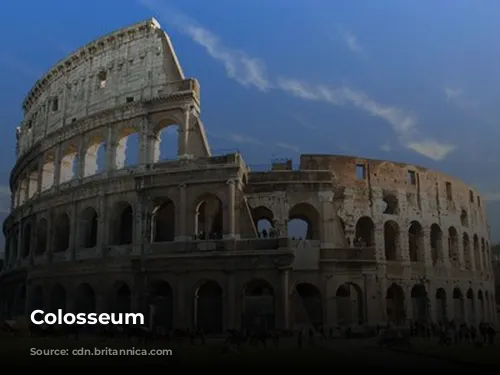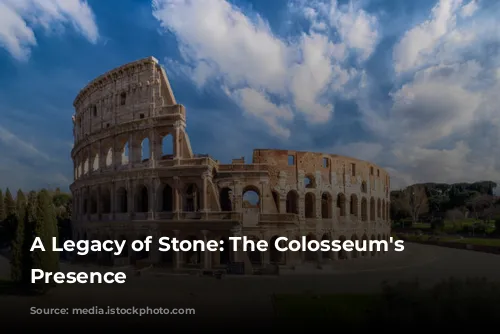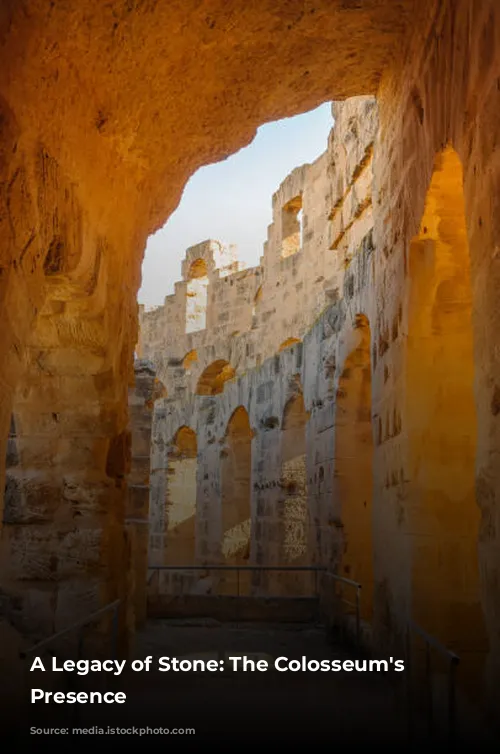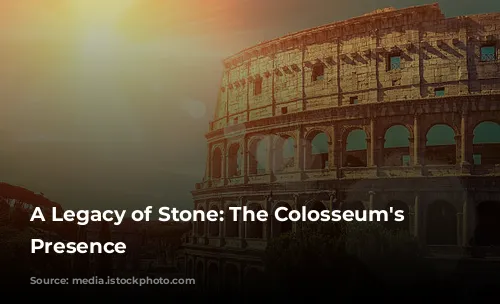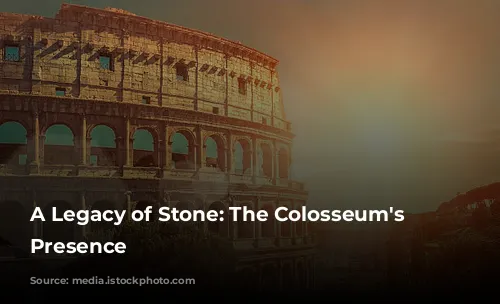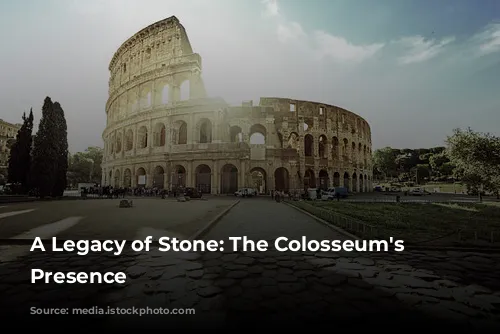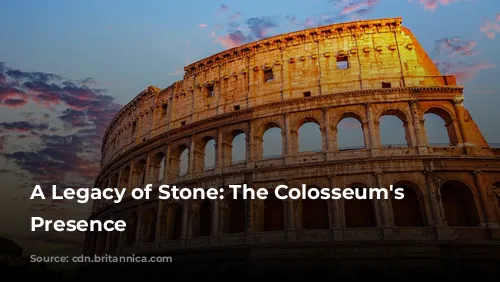The Colosseum, a towering monument to ancient Rome’s architectural and engineering brilliance, stands as one of the few largely intact structures from the Roman Empire. More than just a historical relic, it’s a major tourism draw, generating significant revenue for the Italian government. In 2018 alone, the Colosseum, Roman Forum, and Palatine Hill combined to attract over $63.3 million (€53.8 million) in visitor revenue, making it Italy’s top tourist attraction.
A History of Transformation and Neglect
After the fall of the Western Roman Empire, the Colosseum fell into disrepair. The once-glorious arena became a fortress for the Frangipane and Annibaldi families in the 12th century. In the late 15th century, Pope Alexander VI even allowed the Colosseum to be used as a quarry. For over a thousand years, the Colosseum was neglected and plundered. Thankfully, state-funded restoration efforts began in the 1990s, giving this iconic monument a new lease on life.
A Monument of Imperial Power and Entertainment
The Colosseum’s construction was a response to the turbulent year of the four emperors (69 CE). Emperor Vespasian, seeking to revitalize Rome, saw the Colosseum as a grand entertainment venue. Like other amphitheaters, it was designed to host a variety of spectacles, from thrilling gladiator fights and exhilarating animal hunts to elaborate mock naval battles. The Colosseum was intended to be a symbol of imperial power and a place to captivate the Roman people.
From Construction to Completion: A Monument Built on Plunder and Enslavement
Construction of the Colosseum began under Vespasian between 70 and 72 CE, with the completed structure dedicated in 80 CE by his son and successor, Titus. The final story was added by Emperor Domitian in 82 CE. The Colosseum’s construction was funded with the spoils of war, specifically from Titus’s conquest of Jerusalem in 70 CE. Sadly, the labor force used to build this grand monument was composed of enslaved Jews from Judaea.
A Monument of Power and Engineering
The Colosseum, also known as the Flavian Amphitheatre, is an elliptical structure built of stone, concrete, and volcanic rock. Standing four stories tall at its highest point, it stretches 620 by 513 feet (189 by 156 meters) and could accommodate a staggering 50,000 spectators. The Colosseum is famous for its use in gladiatorial combat, a spectacle that held the Roman public in thrall.
A Marvel of Engineering and Design
Located just east of Palatine Hill, the Colosseum was constructed on the grounds of Nero’s Golden House. The artificial lake that was the palace’s centerpiece was drained, and the Colosseum was built in its place. This decision was both practical and symbolic. Vespasian, whose rise to power was far less dramatic than Nero’s, chose to replace the tyrannical emperor’s private lake with a public amphitheater designed to entertain tens of thousands of Romans.
The Colosseum is a marvel of engineering, built with a complex system of barrel vaults and groin vaults. Unlike earlier amphitheaters, which were typically built into hillsides, the Colosseum is a freestanding structure of stone and concrete. Its exterior features three tiers of arcades framed by engaged columns in the Doric, Ionic, and Corinthian orders, a design that influenced Renaissance architecture.
The Colosseum’s massive retractable awning, called a velarium, protected spectators from the sun. This intricate system involved hundreds of Roman sailors who manipulated the rigging that extended and retracted the awning.
The Colosseum’s Legacy: From Spectacles to Restoration
The Colosseum hosted thousands of events, including gladiatorial combat, animal hunts, and mock naval battles. While its role in the martyrdom of early Christians is unclear, the Colosseum remains an enduring symbol of Roman power and spectacle.
The Colosseum’s fortunes changed dramatically over the centuries. It was used as a church, a fortress, and even a quarry. The once-glorious arena was stripped of its marble seats and decorative materials, leaving it in a state of neglect.
Restoration efforts began in earnest in the 19th century, with significant contributions from Pope Pius VIII. The 1990s saw a major restoration project that helped preserve this iconic landmark.
Today, the Colosseum is one of Rome’s most beloved tourist attractions, welcoming nearly seven million visitors annually. Rotating exhibitions showcasing ancient Roman culture add to its allure, ensuring that this monument continues to inspire wonder and fascination for generations to come.
The Colosseum stands as a testament to ancient Rome’s architectural genius and its enduring legacy. This magnificent amphitheater has survived centuries of change, from its glorious days as a spectacle of entertainment to its time of neglect and its eventual restoration. The Colosseum is more than just a structure; it is a living piece of history, a monument to the enduring power of human creativity and resilience.


